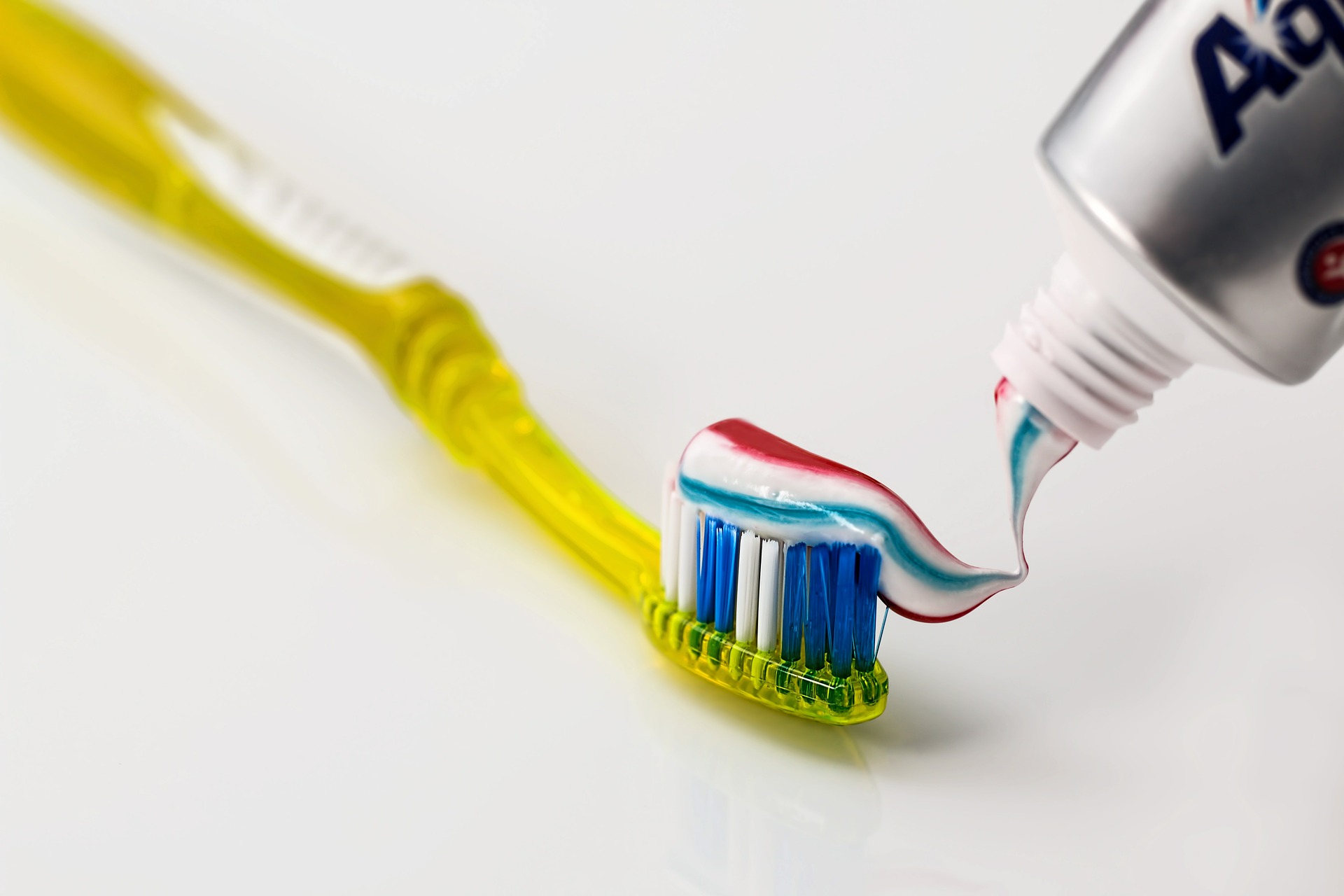Here is some free advice to ensure your teeth last in this day and age of tooth decay
What can I do to keep my teeth healthy?
- You need to be Brushing + flossing every morning and night.
- To find out exactly how much plaque is on your teeth, you can use Plaqsearch to highlight where you need to brush more carefully.
- Allow 2 hours after you eat before Brushing again.
- You do this for the saliva in your mouth to restore your teeth’ minerals. This can help fight decay in the long term.
- What toothpaste should I use?
- That’s difficult to answer; just ensure the product contains fluoride.
Enamel Wear
The damaging of your tooth’s enamel can lead to your teeth becoming sensitive.
To prevent damage to enamel:
- Again, allow 2 hours for the saliva in your mouth to regenerate.
- When brushing, focus on whether or not your gums are getting brushed. Plaque can build up around gums, which will then go on to damage teeth or cause gum inflammations.
- Don’t rinse the toothpaste out of your mouth. Most people don’t realize fluoride should be left on teeth for maximum enamel protection.
How to detect Enamel problems
- Does the enamel seem to fade in certain areas?
- Does the enamel seem overly grey or even black?
- Look closely at the gap between your teeth and gums; black dots are a good indicator of damaged enamel. To ensure healthy teeth, keep these habits in mind.
What kind of toothbrush should I be using?
- We recommend medium-small-sized bristols. Larger-sized heads should be avoided as there are, in effect, fewer plaque pick-up points.
- Brush the Gums! It may hurt initially, even for the first month. Brushing the gums, however, is key in preventing gum disease and decay of the enamel. This habit does provide for healthy teeth by preventing further problems down the line.
- To do this, you can begin by focusing on the bottom of the gum, using 3 rotations until your toothbrush ‘glides’ from the gum line to the base of the tooth.
Additional Tips
Open a pack of gum, and chew it after meals! This can be a very effective way to gather disease in your mouth. Even though you may not realize it, a single piece of gum can pick up millions of bacteria cells that would otherwise be targeting your teeth. It also speeds up the amount of saliva processed, contributing to healthy teeth.
However, we do recommend the gum be sugar-free!
For older patients who have arthritis, we highly recommend using an electric toothbrush.
Typically, patients should change their toothbrushes 3-4 times a year. When purchasing an electric toothbrush,
check if the heads are interchangeable; the bristles wear rapidly! All of these tips combine to make for very healthy teeth.
